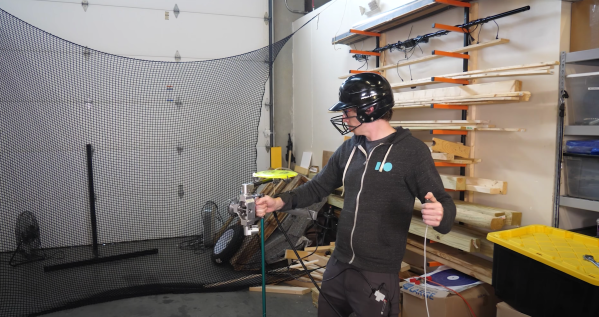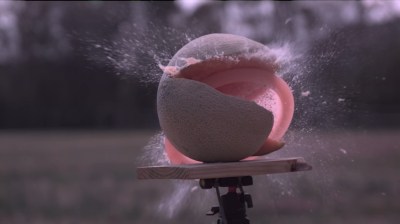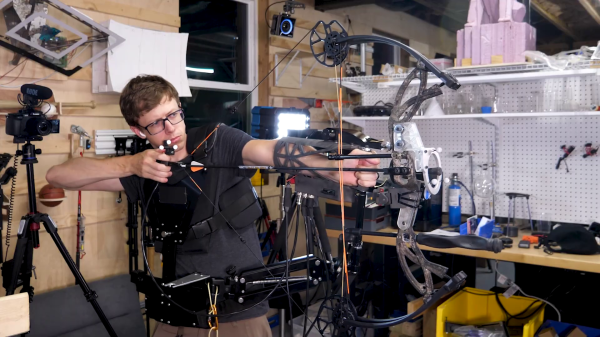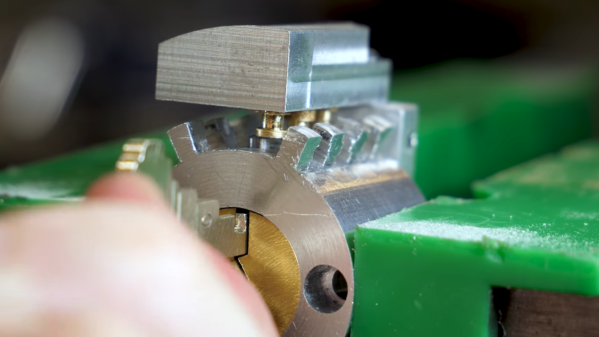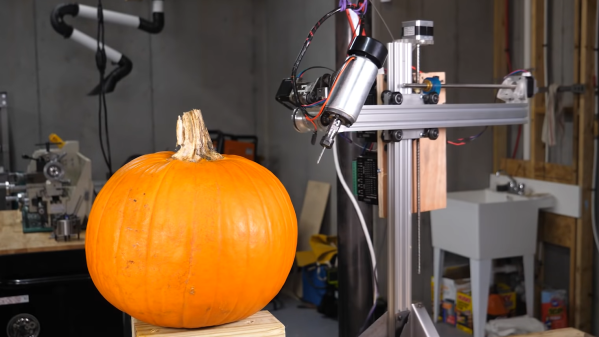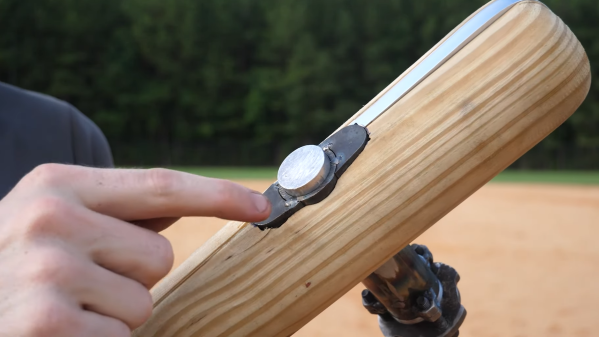Product teardowns are great, but getting an unfiltered one from the people who actually designed and built the product is a rare treat. In the lengthy video after the break, former Formlabs engineer [Shane Wighton] tears down the Form 4 SLA printer while [Alec Rudd], the engineering lead for the project, answers all his prying questions.
[Shane] was part of the team that brought all Form 4’s predecessors to life, so he’s intimately familiar with the challenges of developing such a complex product. This means he can spot the small design details that most people would miss, and dive into the story behind each one. These include the hinges and poka-yoke (error-proofing) designed into the lid, the leveling features in the build-plate mount, the complex prototyping challenges behind the LCD panel and backlight, and the mounting features incorporated into every component.
A considerable portion of the engineering effort went into mitigating all the ways things could go wrong in production, shipping, and operation. The fact that most of the parts on the Form 4 are user-replaceable makes this even harder. It’s apparent that both engineers speak from a deep well of hard-earned experience, and it’s well worth the watch if you dream of bringing a physical product to market.
You probably know [Shane] from his YouTube channel Stuff Made Here. We’ve covered many of his ludicrously challenging projects, like the auto-aiming pool cue and golf club, a robotic hairdresser, and an “unpickable” lock.
Continue reading “Tearing Down A SLA Printer With The Engineers Who Built It”


